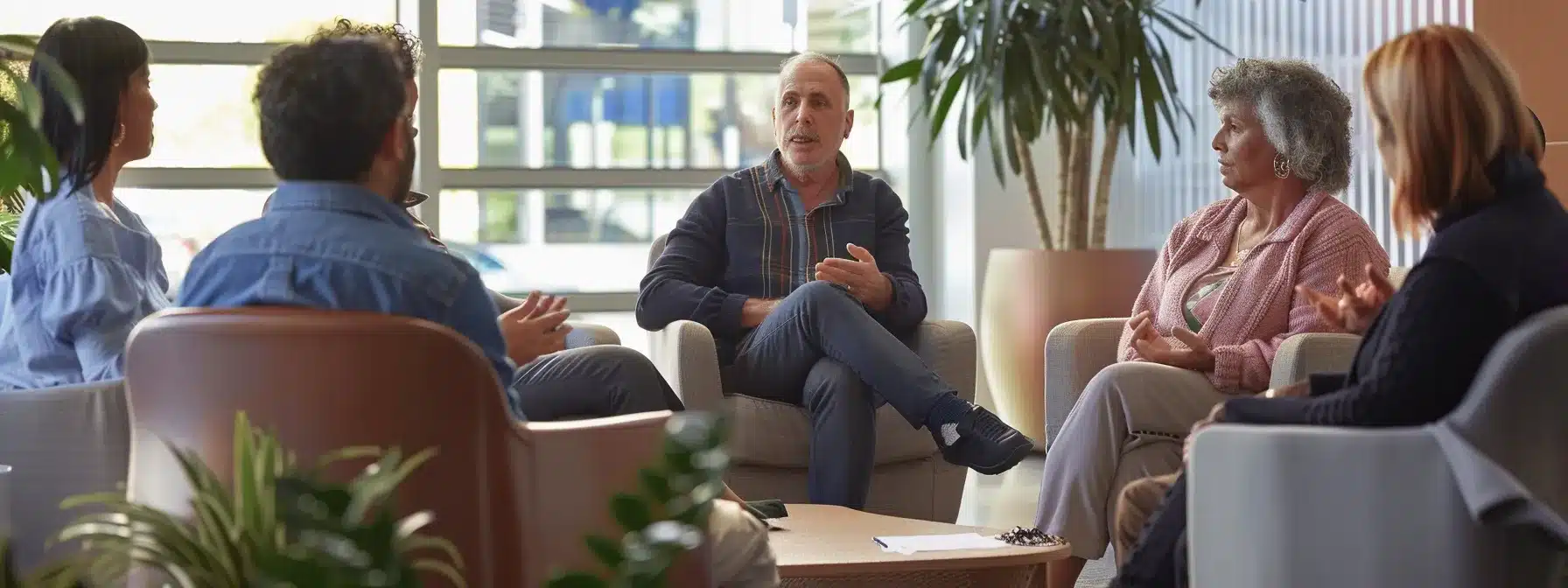24/7 Helpline:
(866) 899-221924/7 Helpline:
(866) 899-2219
Learn more about Residential Rehab centers in Bowling Green

Other Insurance Options

Premera

Optum

WellCare Health Plans

ComPsych

Medical Mutual of Ohio

Magellan

United Health Care

Self-pay options

State Farm

BlueShield

Carleon

Meritain

Sliding scale payment assistance

Evernorth

Choice Care Network

Cigna

Health Partners

Coventry Health Care

MVP Healthcare

Health Net
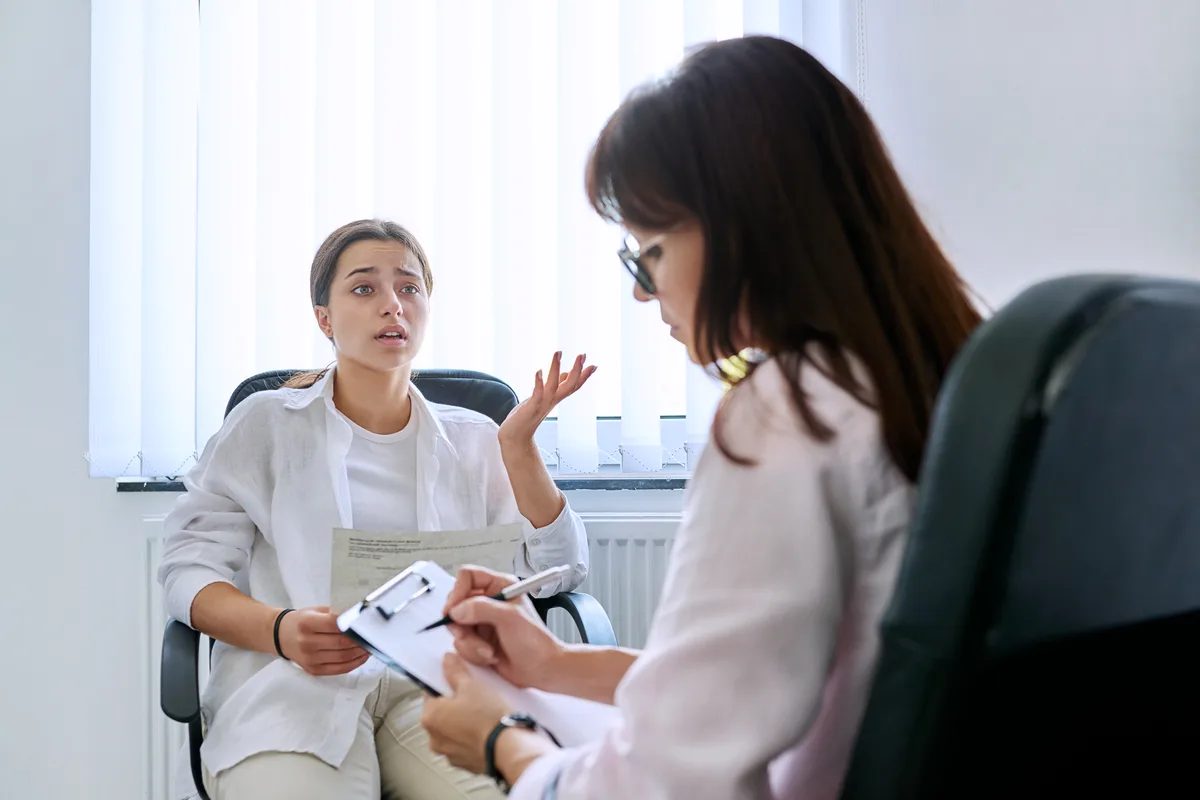
LifeSkills Service Center – Warren County
LifeSkills Service Center – Warren County is a private rehab located in Bowling Green, Kentucky. Lif...

JourneyPure – Kentucky Alcohol & Drug Rehab
Journey Pure- Kentucky is an alcohol and drug addiction center located in Bowling Green, Kentucky. T...

Rivendell Behavioral Health Services
Rivendell Behavioral Health Services is a private rehab located in Bowling Green, Kentucky. Rivendel...

Haven4Change
Haven4Change offers transitional living services for women recovering from alcohol and/or substance ...
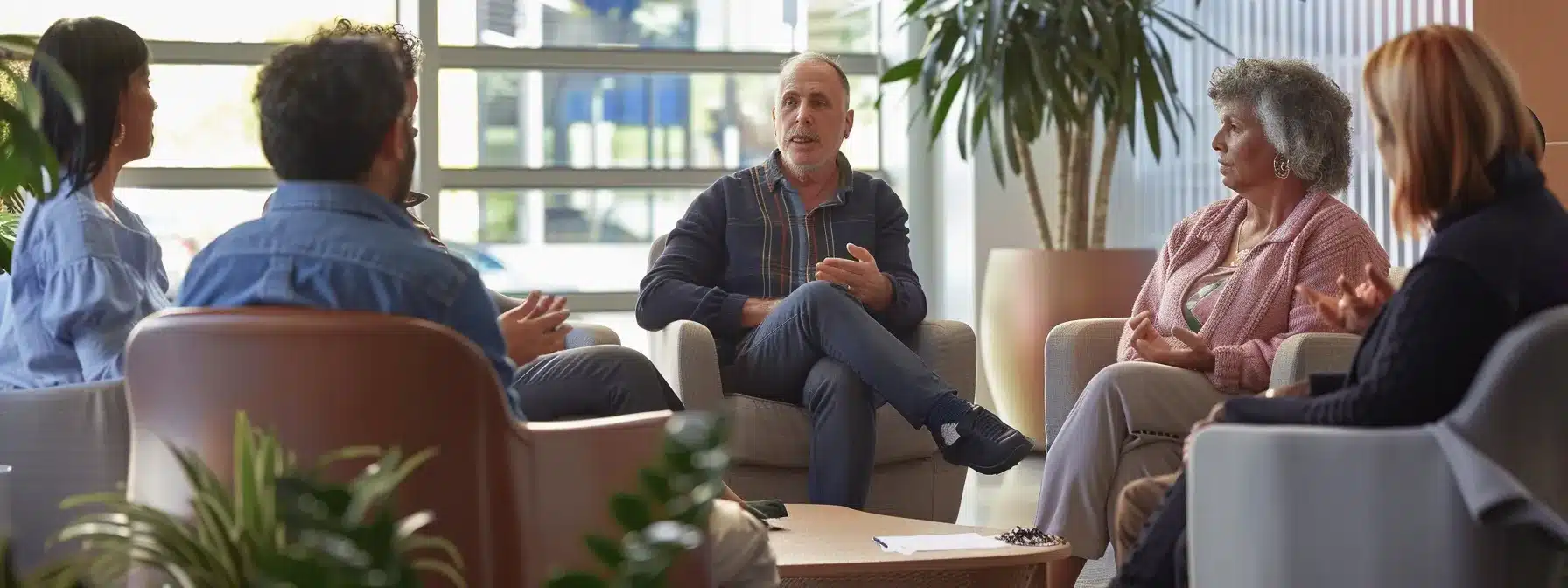
Life Skills – Park Place Recovery Center for men
Life Skills–Park Place Recovery Center for Men is a 12 step focused drug and alcohol rehab for adult...

More to Life Counseling
More to Life Counseling offers faith-based and evidence-based counseling services for individuals, f...

Educational Counseling of America
Educational Counseling of America is a private rehab located in Bowling Green, Kentucky. Educational...
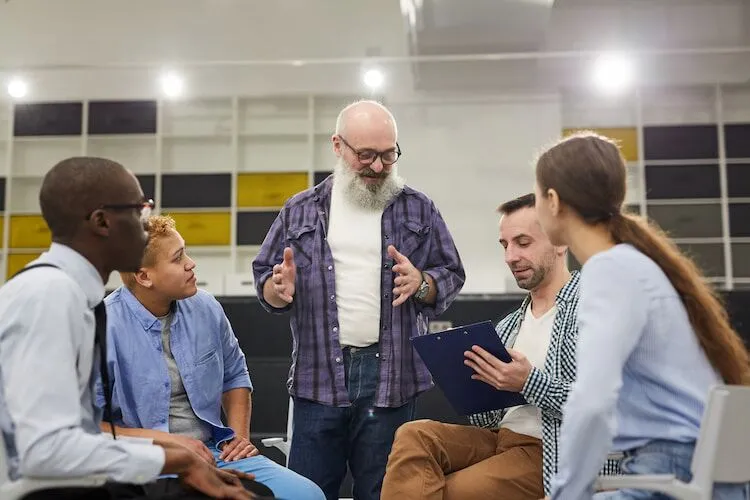
The Bridge to Recovery
Located in Bowling Green, Kentucky, The Bridge to Recovery is a co-occurring mental health and addic...
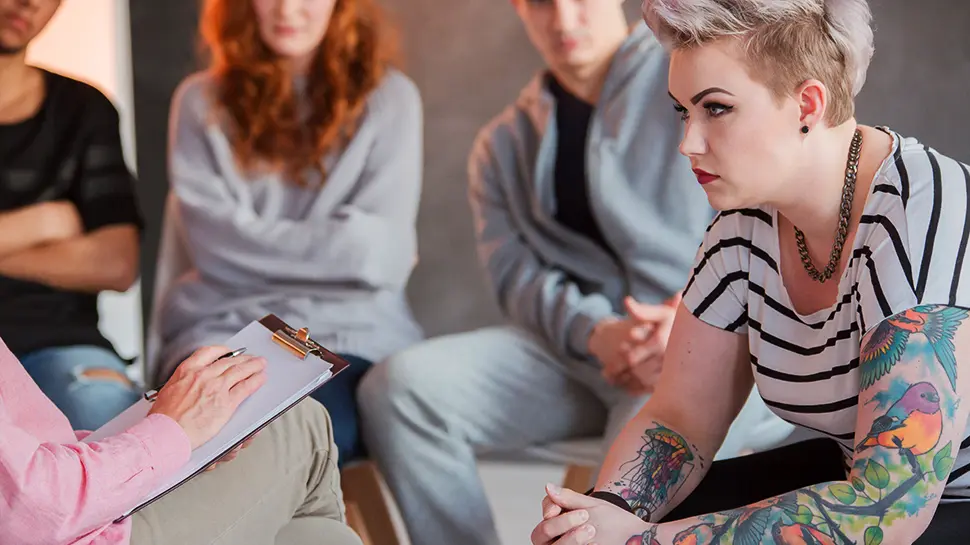
Stepworks of Bowling Green
Stepworks is the rehab Bowling Green KY facility for those who are looking for real change. Like our...

Spero Health – Bowling Green
Spero Health – Bowling Green is a private rehab located in Bowling Green, Kentucky. Spero Health – B...

Harbor Behavioral Health – Behavioral Connections – Devlac Hall
Harbor Behavioral Health – Devlac Hall is a co-occurring drug and alcohol treatment center based in ...

Community Resource Center
Community Resource Center is a private rehab located in Bowling Green, KY. Community Resource Center...
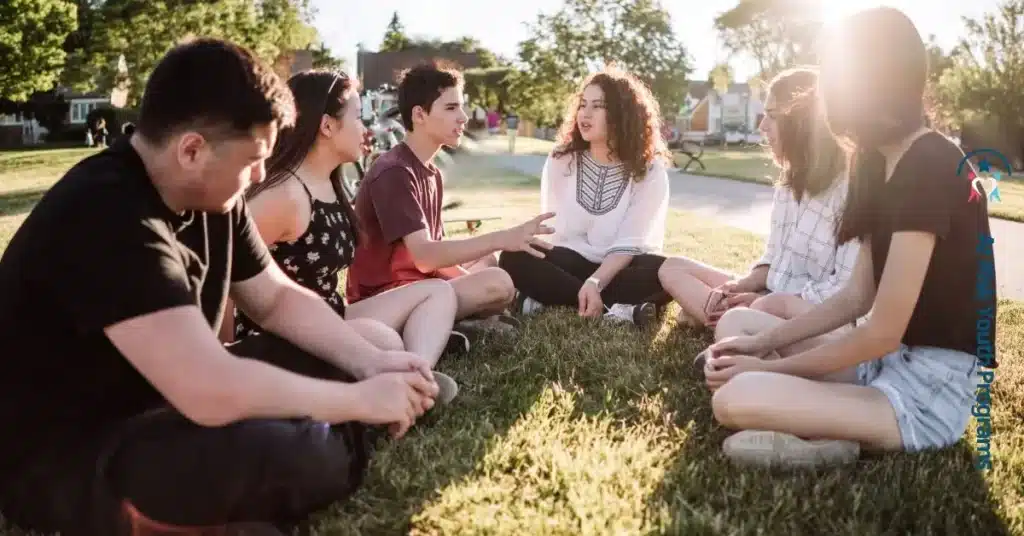
Guesthouse
Guesthouse is a private rehab located in Bowling Green, Kentucky. Guesthouse specializes in the trea...

His House Recovery Home
His House Recovery Home is a private rehab located in Bowling Green, Kentucky. His House Recovery Ho...

AppleGate Recovery
Medical Consultants are specialists in Medication Assisted opioid treatment. Medical Consultants off...
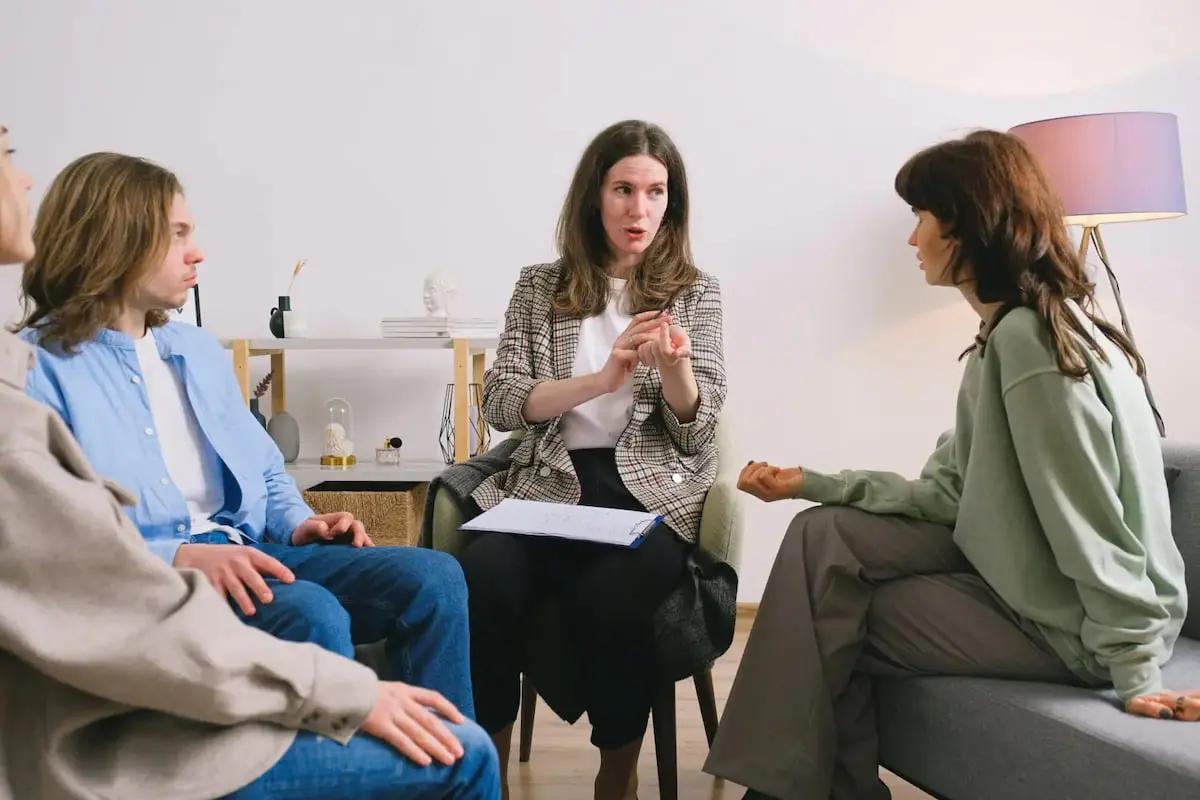
Turning Point Recovery Centers
Turning Point Recovery Centers strive to improve the quality of life in the individual and community...

Harbor Behavioral Health – Behavioral Connections – Annex
Harbor Behavioral Health - Behavioral Connections - Annex is located in Bowling Green, Ohio. Harbor ...

Allies in Mental Health
Allies in Mental Health is a private rehab located in Bowling Green, Ohio. Allies in Mental Health s...
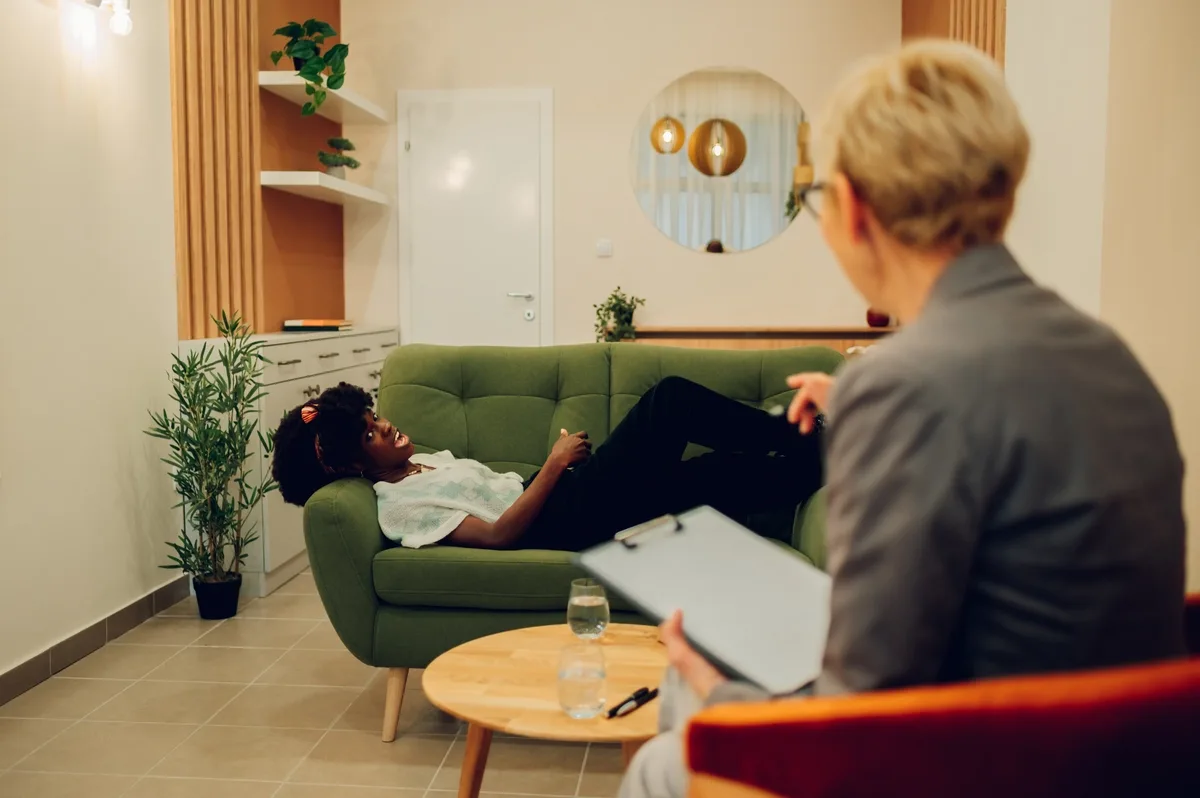
Harbor Behavioral Health
Harbor Behavioral Health is a nonprofit behavioral healthcare center in Bowling Green, Ohio. Offerin...
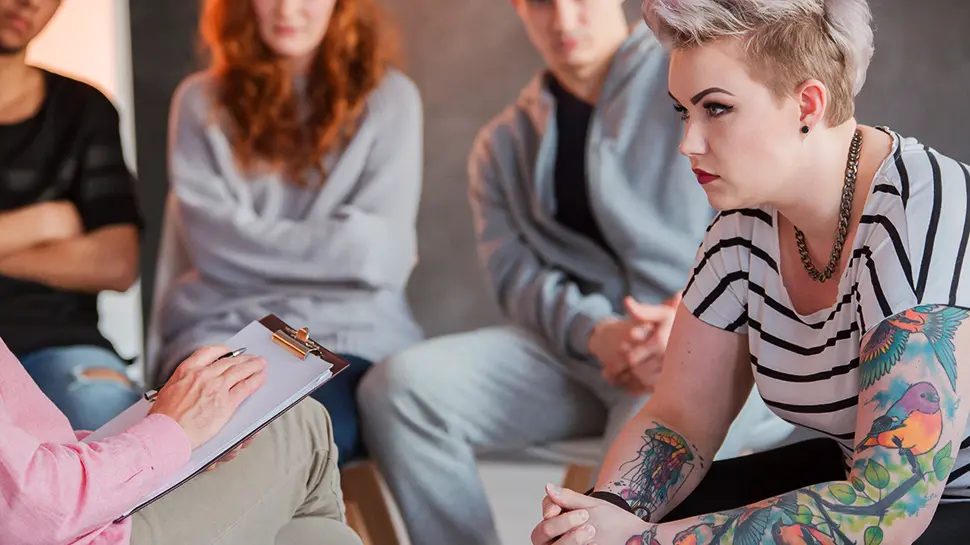
Childrens Resource Center
Children’s Resource Center offers outpatient and inpatient treatment for individuals with a mental h...

National Alliance on Mental Illness
National Alliance on Mental Illness offers outpatient treatment for individuals with a mental health...
